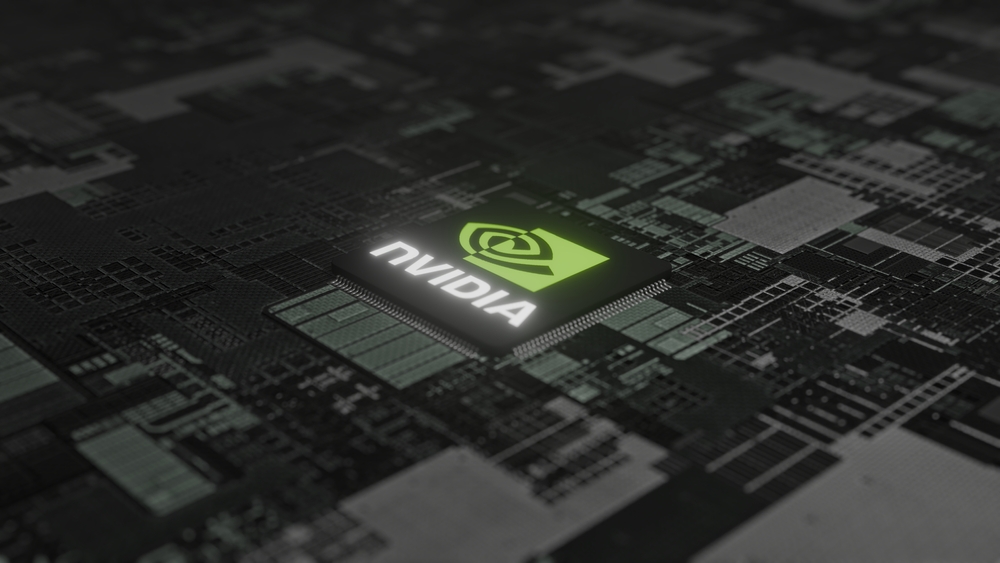
Leveraged exposure to semiconductor stocks was a winning strategy in 2024. Under Trump’s new tariff regime, it’s become a bloodbath.
The Direxion Daily Semiconductor Bull 3X Shares (SOXL) — a fund offering triple-leveraged bets on the chip sector — cratered nearly 30% on Thursday to close at $11.41.
Investors are stampeding for the exit and SOXL’s net assets have plunged to under $7.5 billion.
Since peaking above $70 last summer, the ETF has collapsed 83%, with more than half of that decline coming in just the last three months.
Semiconductor stocks were crushed Thursday after the Trump administration rolled out its “Liberation Day” reciprocal tariffs — a sweeping trade move that slapped steep duties on major Asian chip suppliers.
Ironically, the tariffs don’t even apply to semiconductor exports headed for the U.S. But the sweeping nature of the announcement sent shockwaves through the industry anyway.
Taiwan, which produces over 60% of the world’s semiconductors, was hit with a 32% tariff. Its government responded with outrage, calling the proposal “deeply unreasonable.”
As South China Morning Post reported, Taiwan believed it had already resolved its trade dispute with Washington. Clearly, Trump didn’t get the memo.
“Taiwan, they took all of our computer chips and semiconductors,” Trump said during Wednesday’s announcement. “We used to be the king, right? We were everything. We had all of it. Now we have almost none.”
Is Trump winning the trade war?
Trump’s strategy is clear: use tariffs to strongarm companies into reshoring production.
And early signs suggest it might be working.
Taiwan Semiconductor Manufacturing Company (TSMC), the world’s largest chipmaker, pledged $100 billion in March to expand U.S. operations — including two advanced packaging plants and a state-of-the-art R&D center.
Nvidia has teased “several hundred billion” in electronics manufacturing investments. Apple has committed $500 billion toward domestic production and workforce development.
The reshoring push isn’t limited to tech. Honda is shifting Civic Hybrid production to Indiana. Hyundai plans to invest $21 billion in U.S. expansion through 2028.
Stellantis is ramping up EV production in Michigan. Even Johnson & Johnson has committed $55 billion to expand U.S. factory capacity.
Still, rebuilding American manufacturing will take time. And in the short run, Trump’s tariff barrage could come at a cost. Deutsche Bank economist Brett Ryan estimates the policy could shave up to 1.5 percentage points off U.S. GDP this year.
Your email address will not be published. Required fields are markedmarked